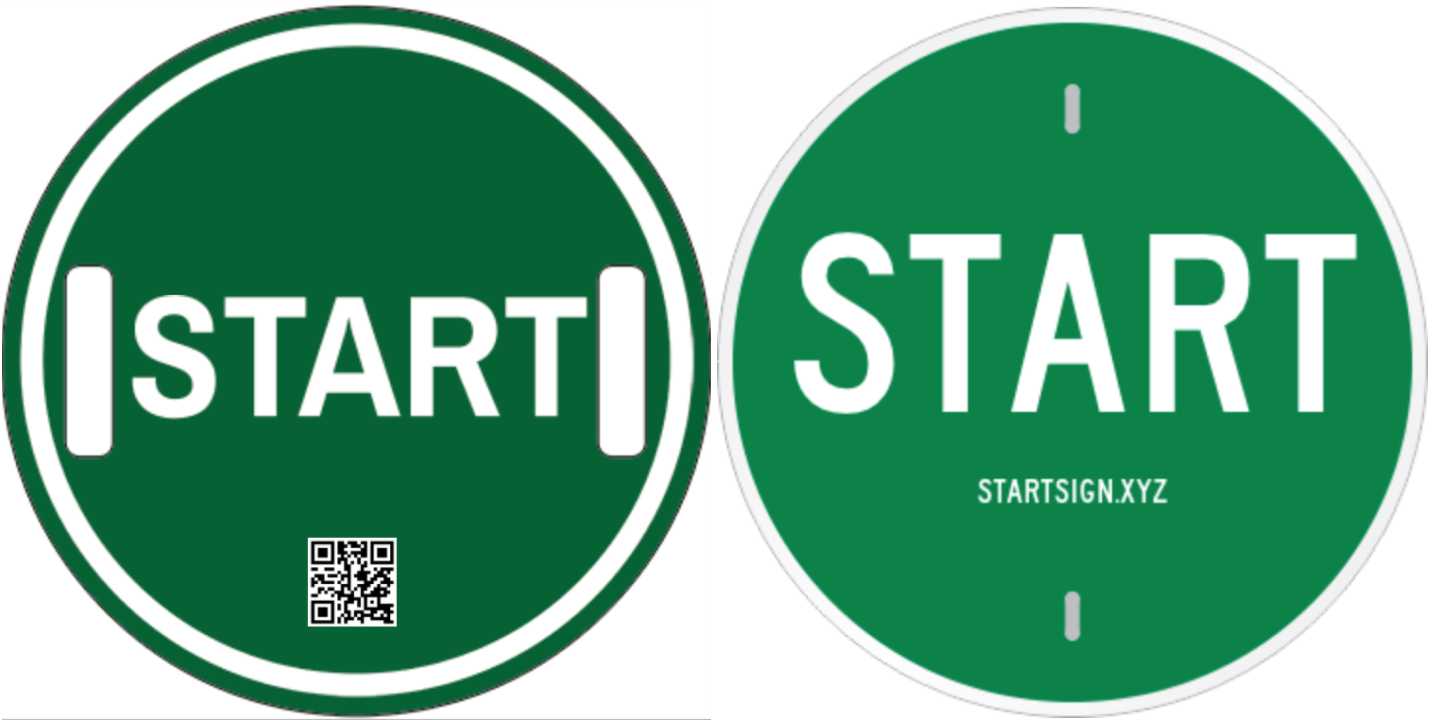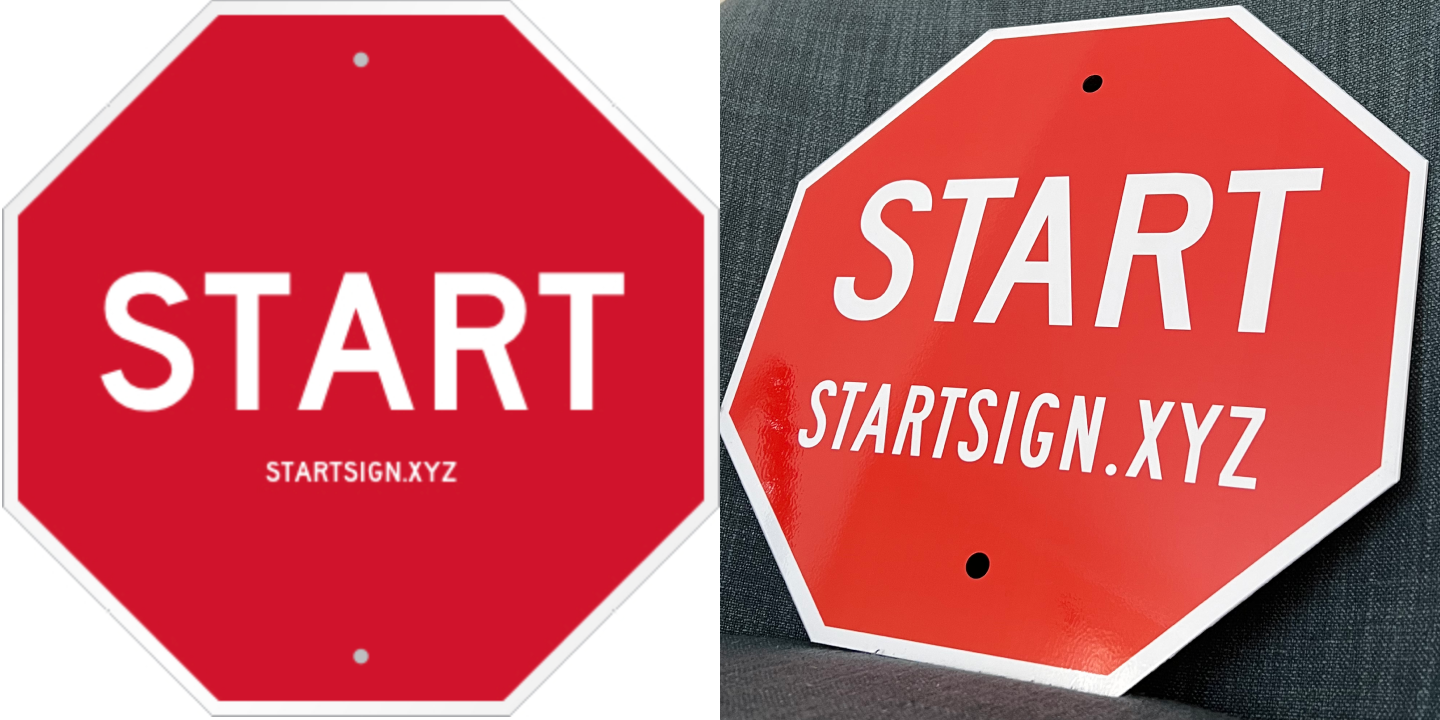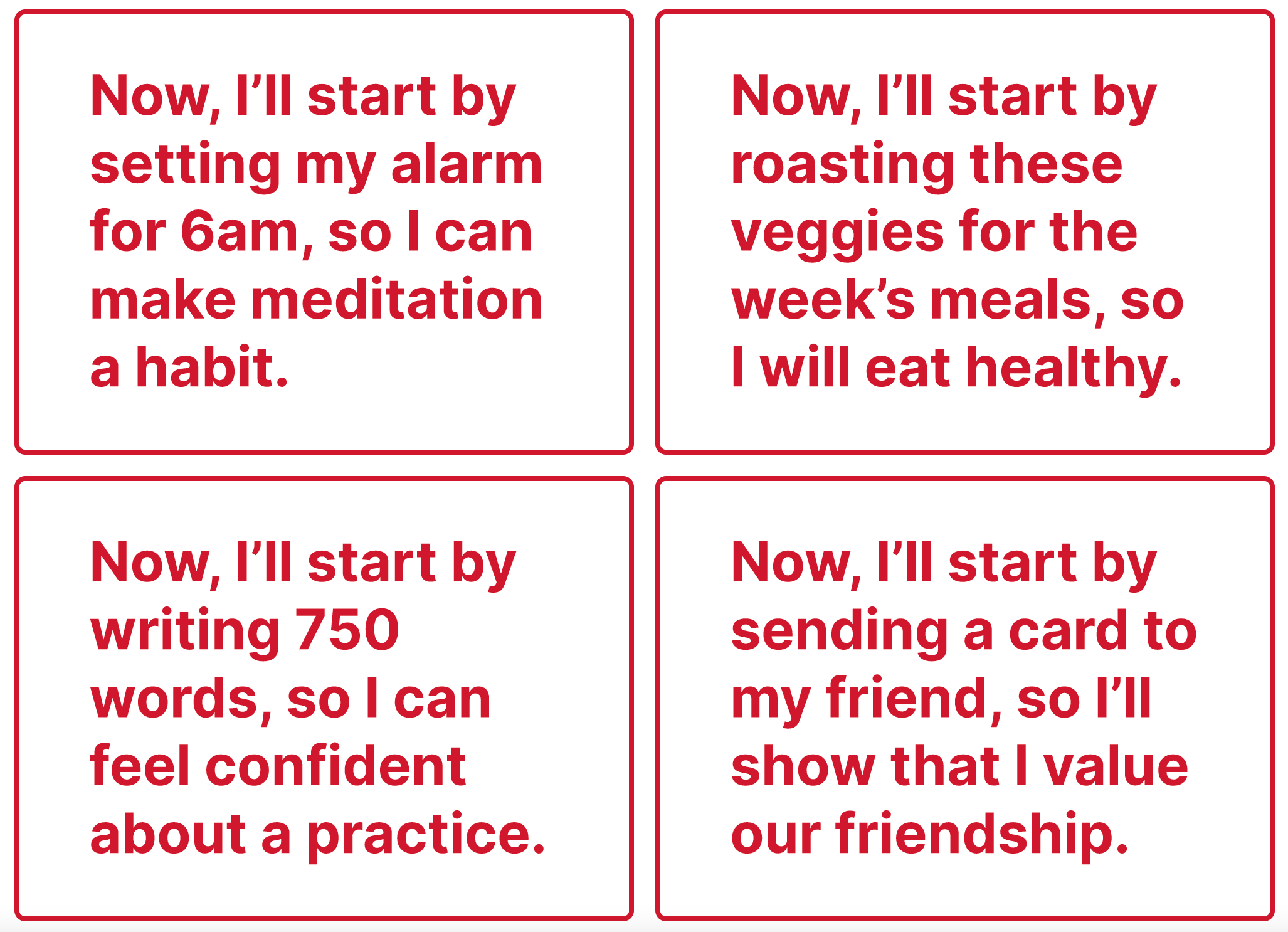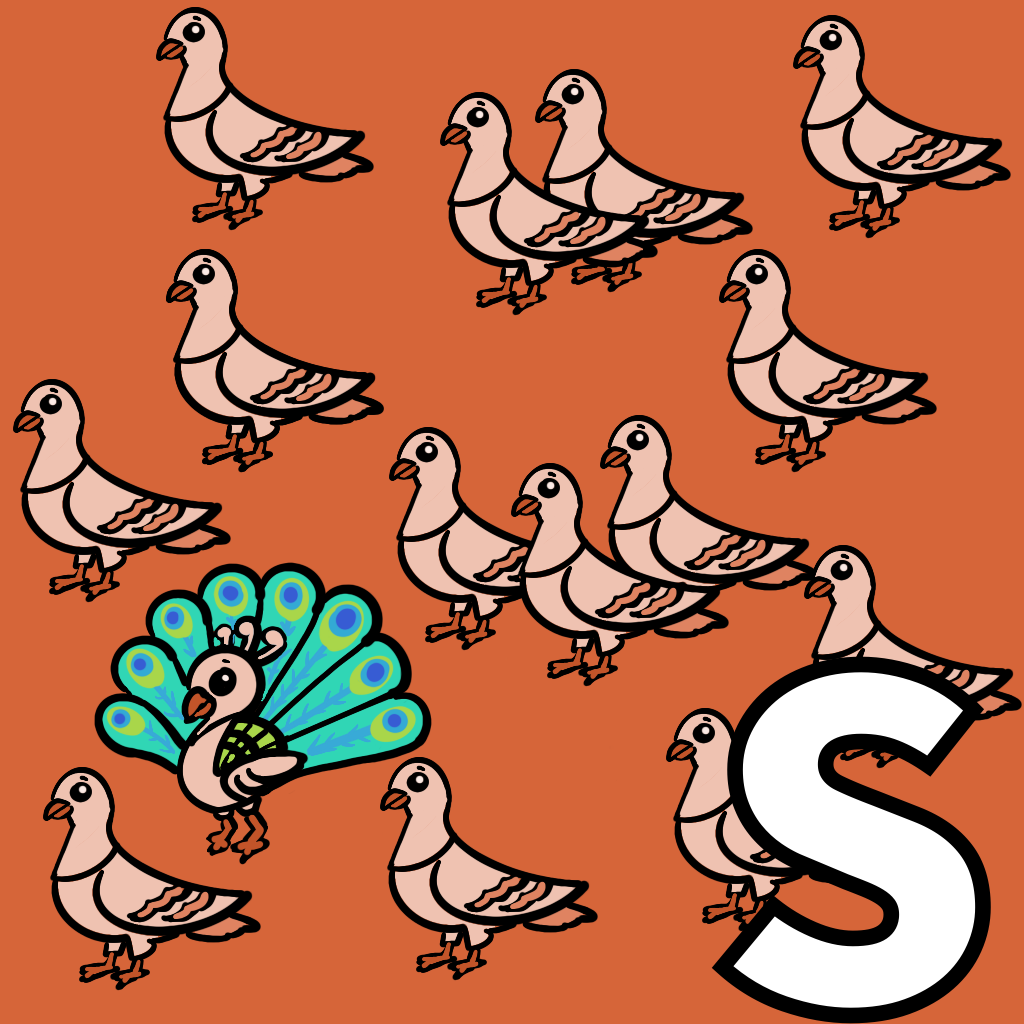ILLUSTRATION
I’m communicating a couple of concepts around signaling with this imagery. A peacock is often referenced in signaling theory because its tail is costly to produce; yet this signal improves its genetic survival. I placed the peacock in a sea of pigeons, representing signal to noise.
INSPIRATION
The definition of signal that stands out most is the adjective meaning “distinguished from the ordinary.”
I’ve written about my friend Lee Kim’s pipe cleaner crowns and masks she dons daily, inspiring awe in onlookers. Recently, Lee and I hosted our first “StorySwarm” or storytelling hackathon to collectively share personal experiences among WTFs (Wearable Tracy Fans). In Lee's intro, I learned something new about the first time I met Lee, at a NYC Service Design Network Meetup. Lee shared with the group that I was the only one who asked her about the Wearable Tracy on her head. Her colorful headdress signaled curiosity, creativity, and play—and I was drawn to the signal.
On Twitter, Telegram, and Discord, crypto enthusiasts signal through through “gm” salutations and proclamations that “wagmi” while others are “ngmi.” White Supremacists flash hand signs and use dog whistles (language) to rally supporters. The privileged name drop schools, people, and events (and those trying especially hard get to add titles like “30 under 30” into their bios). And let us not forget about people who align their identities with their astrological sign, or its business counterpart, Myers-Briggs type.
As someone who’s naturally (or unnaturally?) curious, I consume large quantities of information. I’m sure I could improve the signal-to-noise ratio if I was more intentional with my info diet. What would happen if I applied a Michael Pollan lens to my knowledge lifestyle? Consume information, not too much, mostly insight-dense.
After reflecting on my understanding of signals, I explored the topic further. Along my Google path, I discovered a relevant Farnam Street piece on signaling that covers honest vs dishonest signals, signaling vs counter signaling, peaches vs lemons, and genetic survival vs physical survival. The insight I found most valuable is the cost of signaling, whether that’s a gazelle stotting to discourage a predator or someone displaying a Veblen good to signal wealth.
Signaling is the act of conveying information about ourselves to people in a way that is costly for us and therefore believable. Without the associated cost of sending a signal, we would not be able to trust the information being sent. For instance, if it’s easy to signal that we are amazing without actually being amazing, then the signal would be comparatively worthless and no one would pay attention to it. Thus, effective signals take up a lot of time and energy, but are essential as a means of communication because the information they convey is trustworthy.
CREATION
Another definition of signal inspires me: something that incites to action.
In an insomniac moment, I envisioned creating a “start” sign to put into a street setting. A stop sign signals to a vehicle to stop momentarily until it’s safe to continue. For a start sign, I wanted to present pedestrians with a literal “sign” and invite them to start the thing they’ve been putting off.
I considered going DIY. I thought I’d cut a piece of cardboard to the ideal shape and size. From there, I imagined I’d adhere a print, or spray paint using a stencil, to place the word “START.” Then I would put the finished sign up on a street pole using zip ties. After examining that effort, I decided professional printing would be an easier and more polished option.
Originally, I wanted to differentiate the start sign from a stop sign using a round shape and green color.

By putting the word “stop” against a traditional red stop sign background, I’d be inducing a real-world, Stroop-like effect—could be interesting! When a passerby realized something was off about the stop sign, that would help them slow down, notice the sign’s content, and take that as a “sign” to start the thing they’ve been procrastinating.

The final product (right) arrived in days and looked great. Scoping out places in my neighborhood to install the sign, I wanted to ensure I would direct the sign only to pedestrians and not confuse any drivers. I found the perfect spot—across the street from Creative Mornings HQ! I can update the post once the sign’s up.
While awaiting delivery of the sign, I made a quick one-page site. I’d been meaning to try Carrd for a while and I was excited by the constraints and simplicity (like selecting icons and setting up forms). I designed the content within the interface and was inspired to add graphics to fill an existing template. I came up with a “commitment phrase” as a supporting concept: “Now, I’ll start by…so that…” The phrase “so that” means “in order to” which answers the question “why?” It’s used to begin adverb clauses of purpose. In speaking, we often drop “that” from the phrase so I omitted it from my designs.

I added a few examples to illustrate how the phrase pairs a simple action step with a purpose clause.

When I have time, I may design graphics for people to edit and share on social media. I may also change the phrasing and punctuation. That said, what I've done is a good…start!
REFLECTION
As I worked to realize my street sign vision, I came across an artist named Scott Froschauer. He converted a stop sign into a start sign as a part of his “Word on the Street” series. My immediate reaction was disappointment; someone already executed on the idea. Rather than scrap my project, I moved forward because what I’ve created is different enough.
I was particularly excited about this project! While I wouldn’t call myself an artist, I always thought it would be fun to do public art.
CONNECTIONS
For curated links and other content I couldn't fit into this post, subscribe to the email newsletter.
